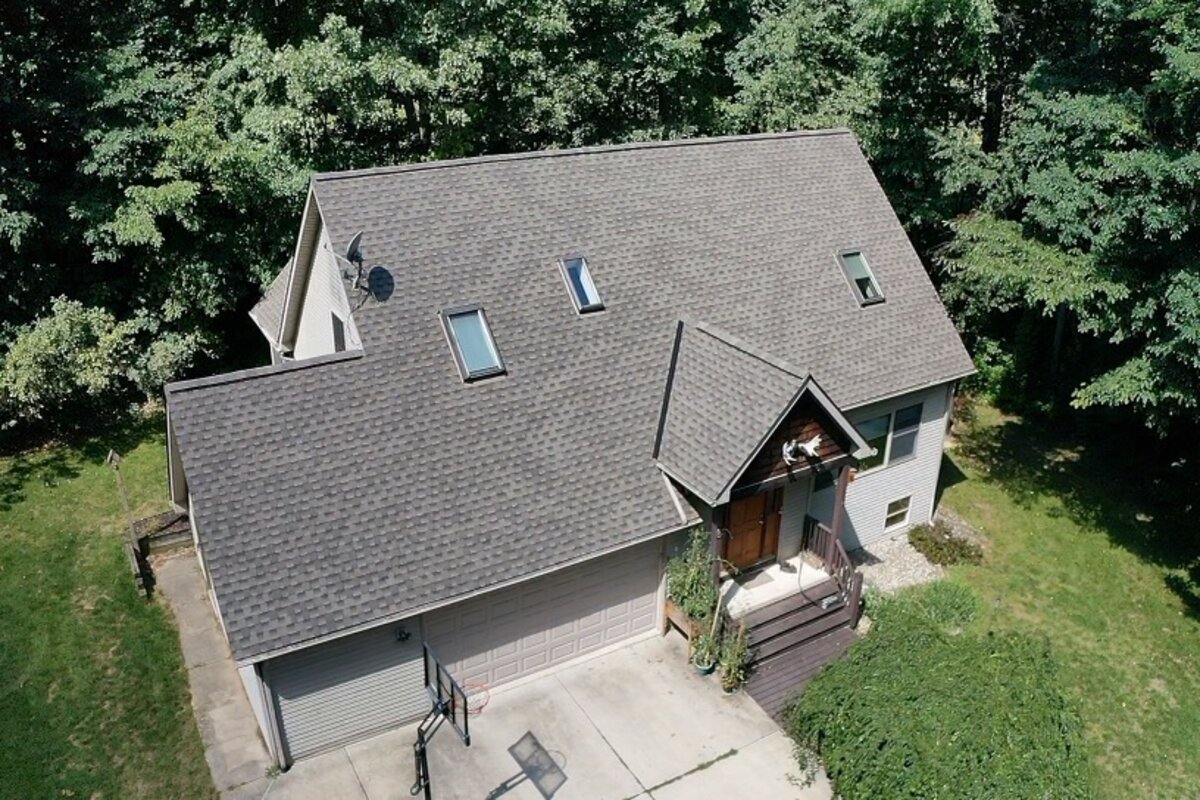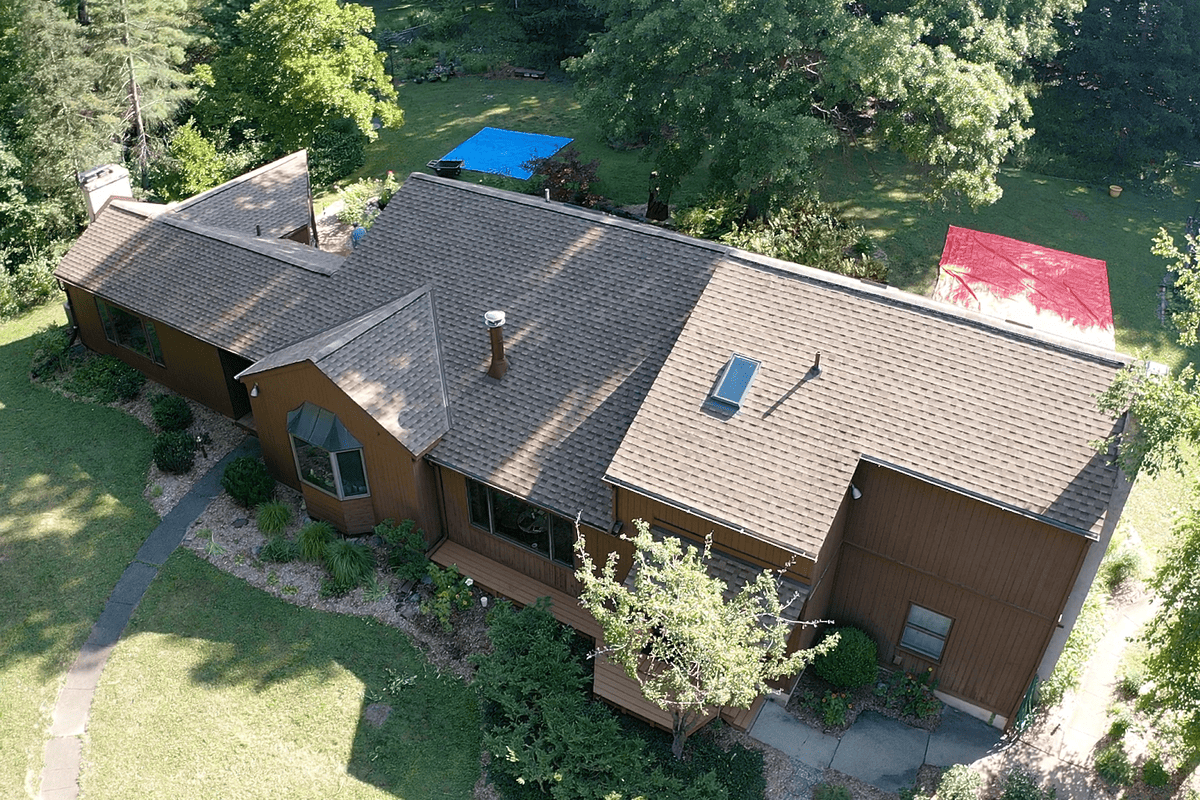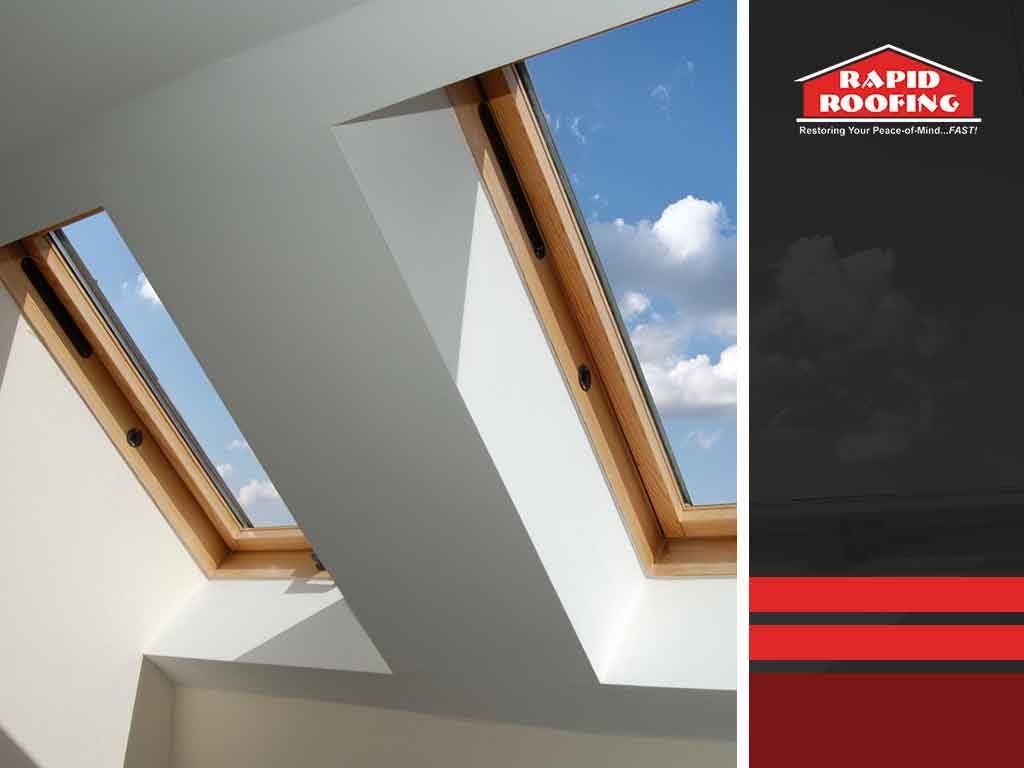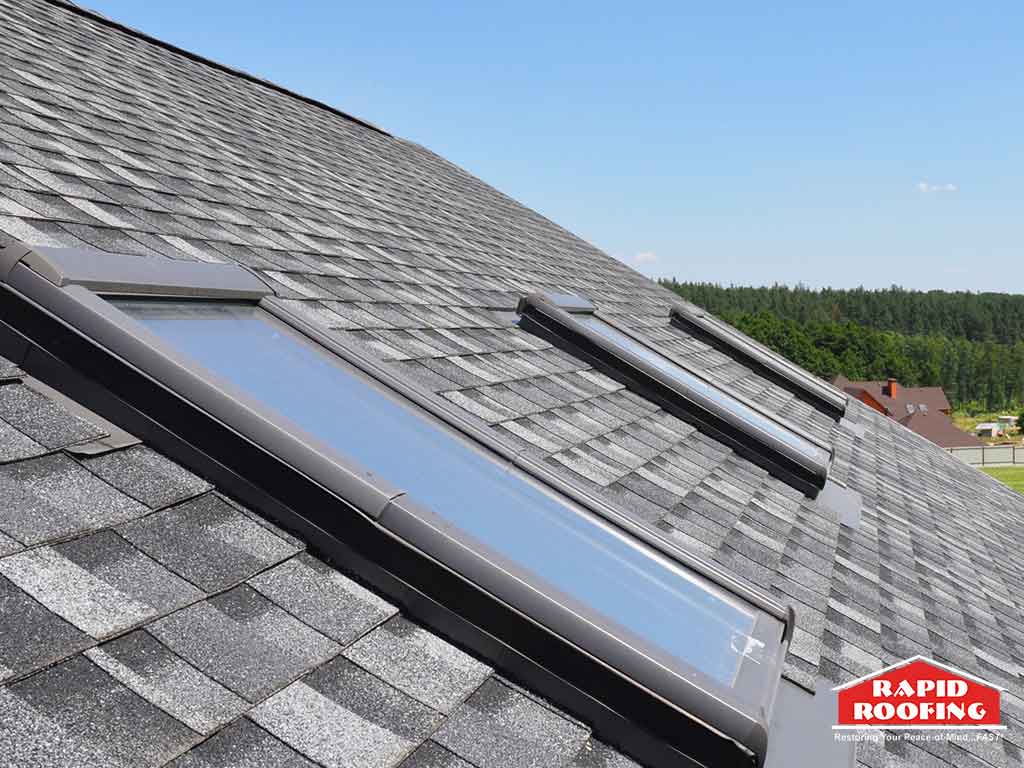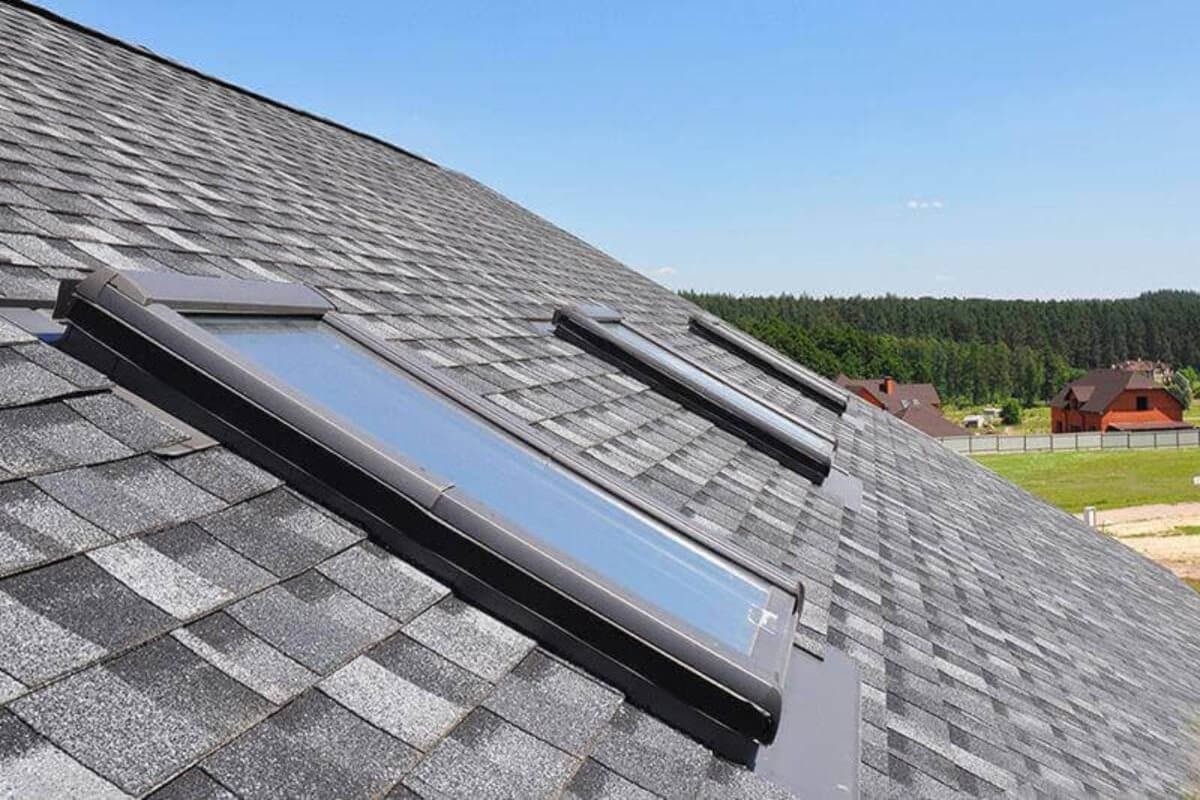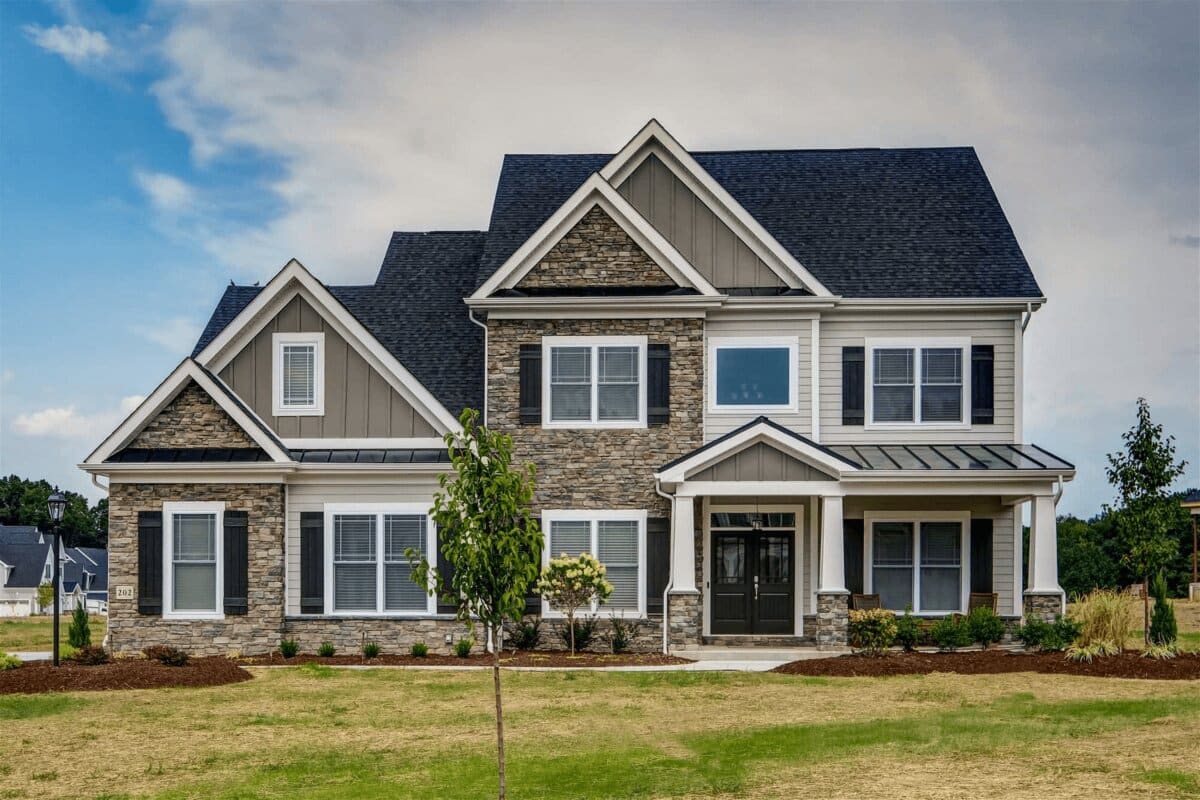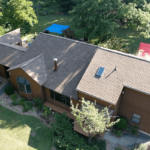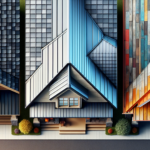Different Types of Skylights For Your Michigan Home
Getting the most natural light you can is critical here in Michigan, but did you know there are different types of skylights for letting light into different spaces?
Choosing the right type of skylight doesn’t just impact the appearance and durability of your skylight. It also makes a big difference in the value of your home and can even have an impact on how comfortable your home is during different seasons.
Here’s what you need to know about the different types of skylights, how they work, and how they can impact your home.
Does The Type of Skylight Matter?
Yes! Different kinds of skylights have a big difference in how they perform and what kind of function your skylight can perform in your home.
For instance, adding skylights can bring a lot of additional light and energy into your home, which can actually make the room with the skylight warmer during certain seasons.
Other types of skylight can be added to provide both light and ventilation.
The type of skylight you choose also makes a big difference in where you can place it, as well as the shape and appearance of your skylight.
Different Types of Skylight Available In Michigan
If you’re looking to get a skylight in Michigan, it’s important to know what options are available. Here are the 4 common types of skylights in Michigan.
Fixed Unit Skylights
Fixed unit skylights are probably what you’re thinking of when you think of a skylight. They don’t have any special features, are often rectangular in shape, tend to be well insulated, and tend to be fairly large.
These skylights are some of the most common, but they are only suitable for fairly large spaces, and can sometimes let in more light than you actually want. You can install skylight drapes to help with that problem, but you should be prepared for a lot of extra light until you get those drapes installed if you do.
If you aren’t sure whether skylights are for you and your home, take a look at our pros and cons of having skylights in your home.
Vented Skylights
Vented skylights give you the option to open the bottom of the skylight, allowing for air circulation and giving you a very effective way to vent hot air out of the ceiling.
These skylights are usually more expensive since they need to have more equipment and hinges to be able to open.
There are both manual versions of these skylights, where a hand crank is run from the skylight to a convenient location on the wall to open the light, and electric versions where the light opens and closes at the push of a button.
Of course, electric skylights require an electrical connection, and that might require the help of a qualified electrician.
Solar-Powered Vented Skylights
Technically this is a sub-type of vented skylights, but it’s an option that’s getting a lot more popular since solar power is usually highly available any time you want to open a skylight.
This version works the same as other vented skylights but is connected to a solar panel to provide power. Often the skylight has a small, dedicated panel.
Tubular Lights
Tubular skylights are a great option for smaller spaces like closets, pantries, and bathrooms. These skylights are a lot smaller, usually circular, and provide a convenient source of light without taking up a ton of space.
However, tubular lights are basically always fixed skylights, meaning they don’t vent and can’t be used for ventilation.
Tubular lights also generally provide more variable light than larger fixed lights, because there’s a narrower opening for the light to travel through.
Want To Invite More Light Into Your Home?
If you want to invite more light into your home, getting a new skylight is a great way to do it!
Contact Rapid Roofing to talk about the different types of skylights for your home, schedule a consultation, or get the process started.

